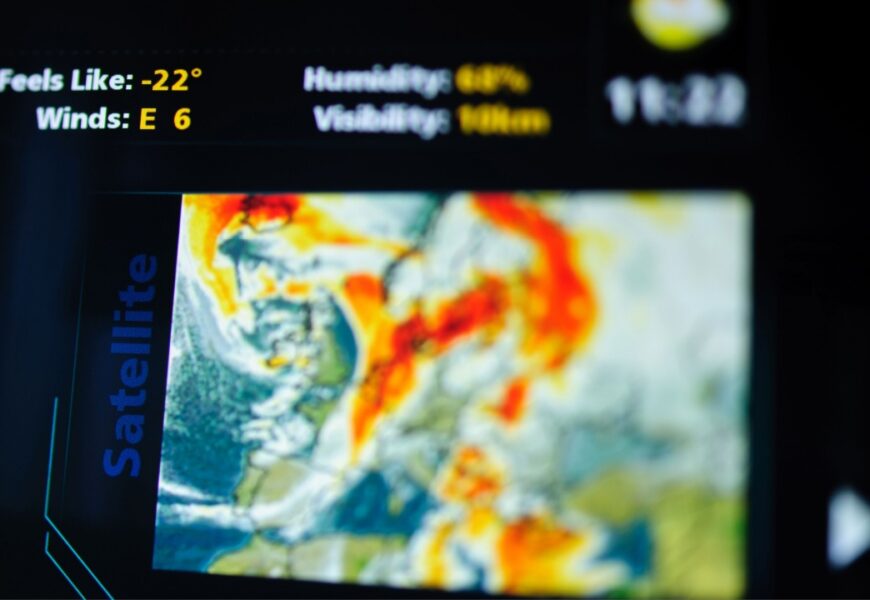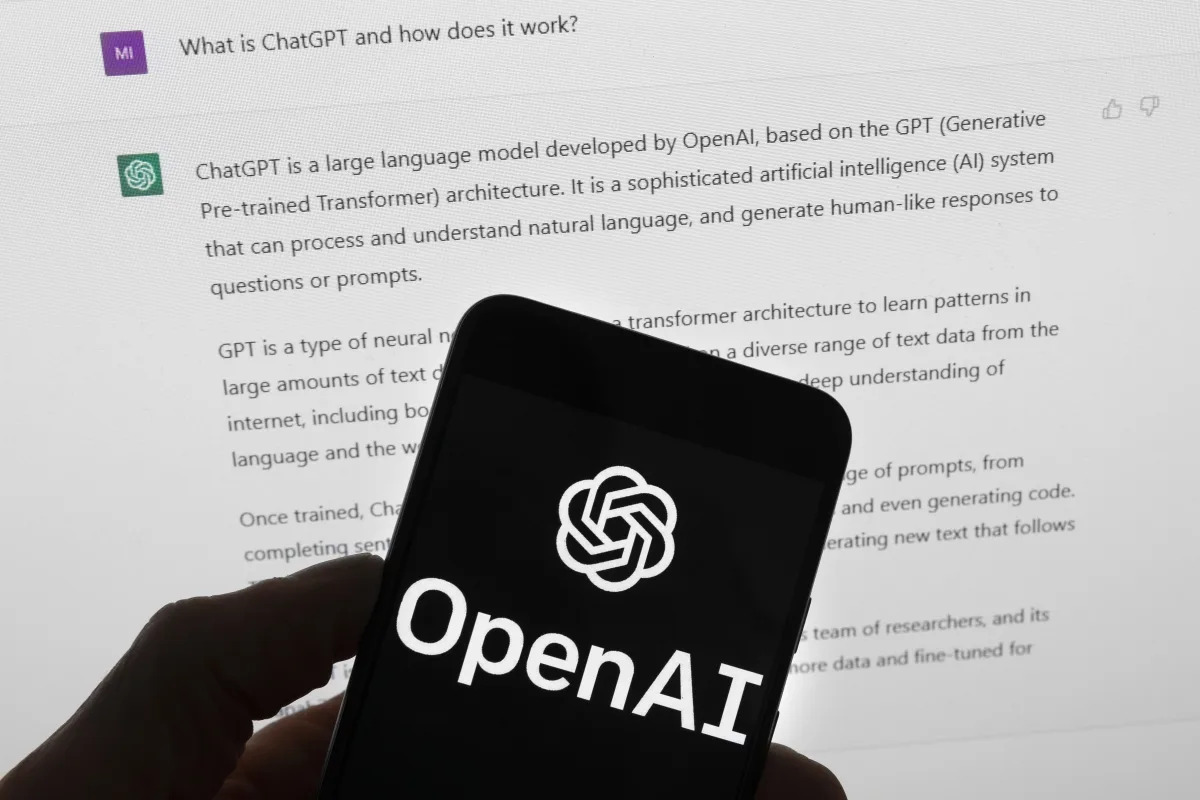Advancements in artificial intelligence (AI) may drastically improve the accuracy of weather predictions, potentially increasing profits for businesses that rely on forecasting.
Google has introduced a new AI model capable of producing accurate, large-scale weather forecasts at a lower cost than traditional methods. Experts say AI models could streamline operations, cut costs and bolster decision-making across various industries by offering more precise and timely weather information.
“AI-based weather predictions are useful because, as you’ve seen with Google’s recent work, they are generally cheaper than conventional physics-based forecasting because they can perform the predictions much faster,” Marty Sullivan, a postdoctoral researcher in Earth & Atmospheric Sciences at Cornell University, told PYMNTS.
AI May Be Better for Forecasting
Google’s “Scalable Ensemble Envelope Diffusion Sampler” (SEEDS) model, which works like popular AI tools such as OpenAI’s ChatGPT, is improving weather forecasts by quickly and affordably creating multiple possible weather scenarios. Researchers described this method in a study published in the Science Advances journal, noting its increased efficiency compared to traditional models.
Typically, weather forecasts use physics-based methods that take various measurements and combine them into a range of potential outcomes rather than just one prediction.
AI may be helpful when a prediction is not perfectly explained by known or only a few variables — in this case, the physics of weather, Phil Siegel, founder of AI nonprofit Center for Advanced Preparedness and Threat Response Simulation (CAPTRS), told PYMNTS.
“Often, these models might use data in hard-to-model ways that are hard to put into a purely calculation-oriented model,” he added. “The flip side is that the AI may think it sees patterns that are not there. This is where the machine learning comes in — making sure the results are fed back in so the AI can improve.”
A new study bolsters the idea that AI beats traditional forecasting methods. Researchers from the University of Reading recently evaluated the performance of AI-based weather models by comparing their forecasts of Storm Ciarán — a severe windstorm that struck northern and central Europe in November, causing 16 deaths and power outages affecting over a million homes in France — with traditional physics-based models.
The study found that weather forecasts utilizing machine learning can achieve similar accuracy to conventional methods but with greater speed, reduced cost and less computational demand. The findings were published in the journal Climate and Atmospheric Science.
The study involved four AI models developed by companies like Google, Nvidia and Huawei. These models accurately predicted the storm’s intensification and trajectory 48 hours ahead. The results were nearly identical to those of conventional models, effectively capturing critical atmospheric conditions, including the storm’s position relative to the jet stream.
“AI is transforming weather forecasting before our eyes,” Andrew Charlton-Perez, who led the study, said in a news release. “Two years ago, modern machine learning techniques were rarely being applied to make weather forecasts. Now we have multiple models that can produce 10-day global forecasts in minutes.
“We can learn about AI weather forecasts by stress-testing them on extreme events like Storm Ciarán,” he added. “We can identify their strengths and weaknesses and guide the development of even better AI forecasting technology to help protect people and property. This is an exciting and important time for weather forecasting.”
Fair Weather Advantage
Even a tiny boost in weather forecasting capabilities could offer a boost businesses’ bottom lines. AI-powered weather data offers a valuable signal that companies can use to bolster supply chain resiliency and improve accuracy in forecasting demand, material availability and other critical logistics elements, Gelu Ticala, executive vice president of engineering at the supply chain management company Kinaxis, told PYMNTS.
“Bolstered by geolocation and historical patterns, retailers could adjust inventory levels in real-time, stocking up on summer essentials like sunscreen on the cusp of a heatwave or doubling orders for scarves and snowsuits ahead of a blizzard, minimizing the risk of empty store shelves while keeping customers happy,” he said.
Similarly, companies could utilize AI-driven forecasts to reroute shipments and avoid anticipated delays or damage caused by adverse weather conditions like a snowstorm, ensuring smoother operations and reducing the impact of disruptions, Ticala said.
“Weather is an unavoidable wildcard for both customers and companies, but by harnessing cutting-edge forecasts combined with ‘What If?’ scenario planning capabilities, supply chains might one day be able to gain the edge they need to match Mother Nature,” he added.










